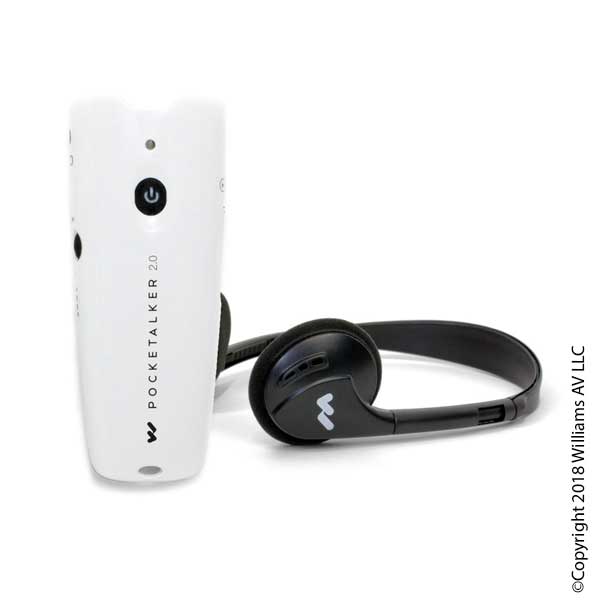

The difference between these three is that the signal (someone’s voice) is carried to the receiver using different technologies. Listening systems include those that have been around for a long time, for example, hearing loops, FM (also referred to as RF) systems, and infrared (IR) listening systems.

Cynthia Compton-Conley noted:Īssistive listening systems as “Binoculars for the Ears.” Just as binoculars take a faraway, hard-to-see image and brings it close to your eyes so it’s easier to see placing a microphone close to the talker’s mouth catches the desired speech and sends it directly to the listener’s ears before it travels across the room, loses energy, and becomes degraded by noise and reverberation.

Hearing in noise is particularly tricky for hearing devices, which work best in one-to-one conversations. IF YOU JUST PURCHASED A HEARING DEVICE, WHY IN THE WORLD WOULD YOU NEED ANY OTHER LISTENING DEVICE?Īs wonderful as hearing aids, cochlear implants, and other hearing devices are, they cannot do everything. An assistive listening device is typically used for one-to-one conversations, and are often wired devices, such as a personal amplifier. What is the difference between a listening system and device? Systems are designed to handle larger spaces, often are installed, and might provide one signal to many people. WHAT ARE ASSISTIVE LISTENING SYSTEMS AND DEVICES?Īssistive listening systems and devices allow the person with hearing loss to capture sound from the source and bring it directly to the ear, mitigating the impact of distance and environmental noise and reverberation. HAT serves to enhance the experience of listening to get as much information as possible from whoever is speaking and from the environment. These devices and systems often augment the information coming from a hearing aid, cochlear implant, or other personal hearing device, though some HAT can be used even if you don’t use personal hearing devices at all. We recommend that you use the Amigo R2 universal FM receiver.Hearing Assistive Technology (HAT) is a term that embraces assistive listening devices, alerting devices, and telephone equipment that provides greater access to the source of the sound and greater communication access for people with hearing loss. If you use the ConnectLine Streamer Pro Bluetooth accessory with your Oticon hearing aids, a number of popular thimble-sized universal FM receivers can be plugged directly to the Streamer Pro, streaming FM to both ears with only one receiver. And now, all Opn BTE13 PP style instruments are compatible with clip-on Oticon Amigo FM receivers and other FM classroom systems, too! Virtually all Oticon BTE models are FM-compatible ”out of the box” making it easy for children’s hearing aids to integrate into the FM system utilized by their school.

With an FM system, the teacher wears a microphone to capture their voice, and the signal is then sent via the transmitter to the receiver, which is typically clipped onto the child's behind-the-ear hearing aids. A microphone plugged into a belt-clip transmitter.Oticon’s easy and reliable Amigo FM system bridges the distance between teacher and child, and it significantly improves the signal-to-noise level by sending the teacher’s voice directly to the child’s ears. In school and other instructional environments, FM is a well-known and reliable go-to technology.


 0 kommentar(er)
0 kommentar(er)
